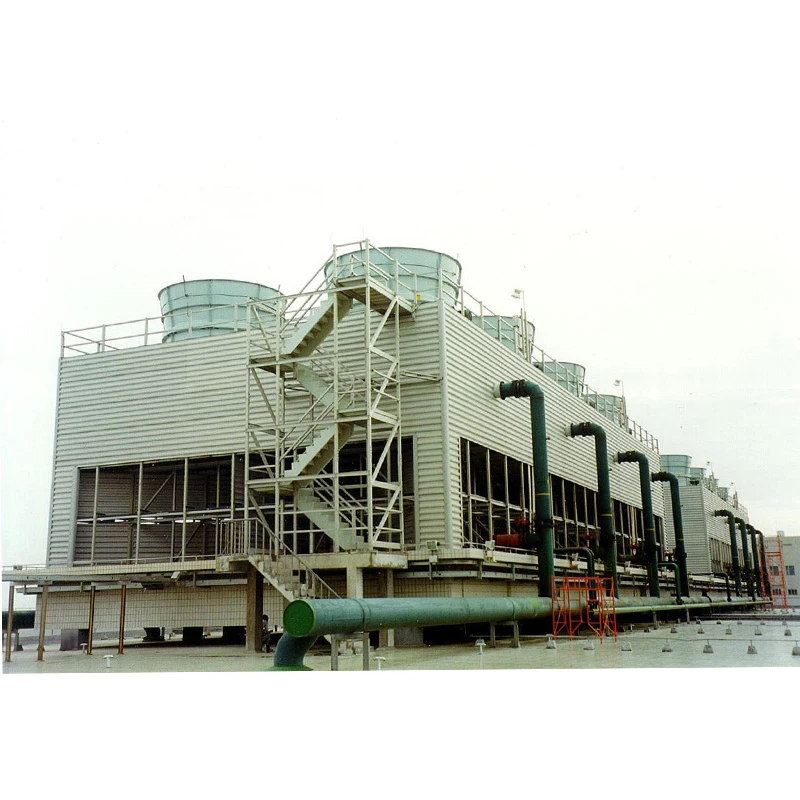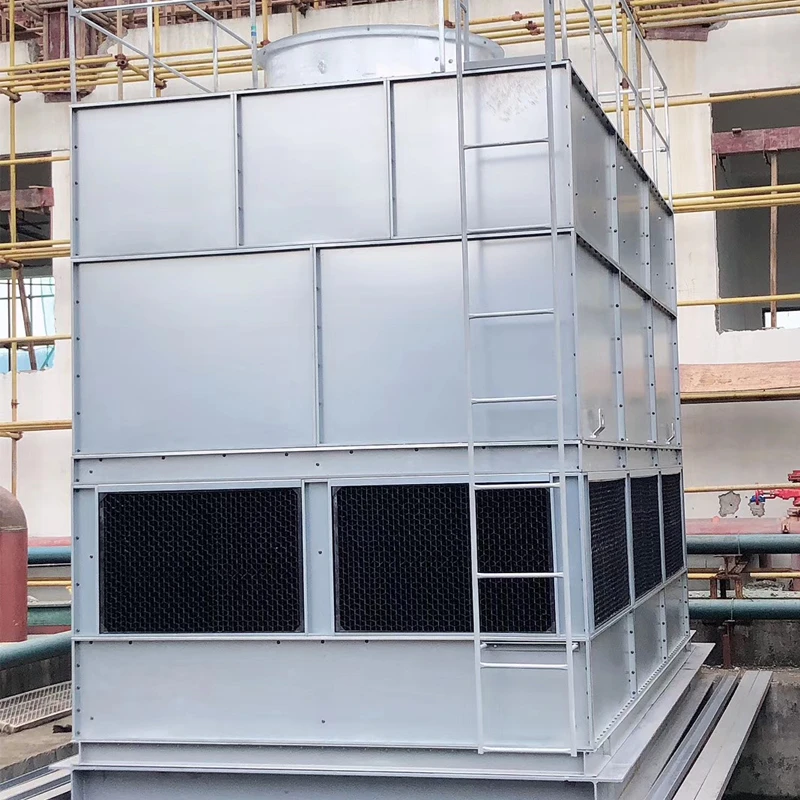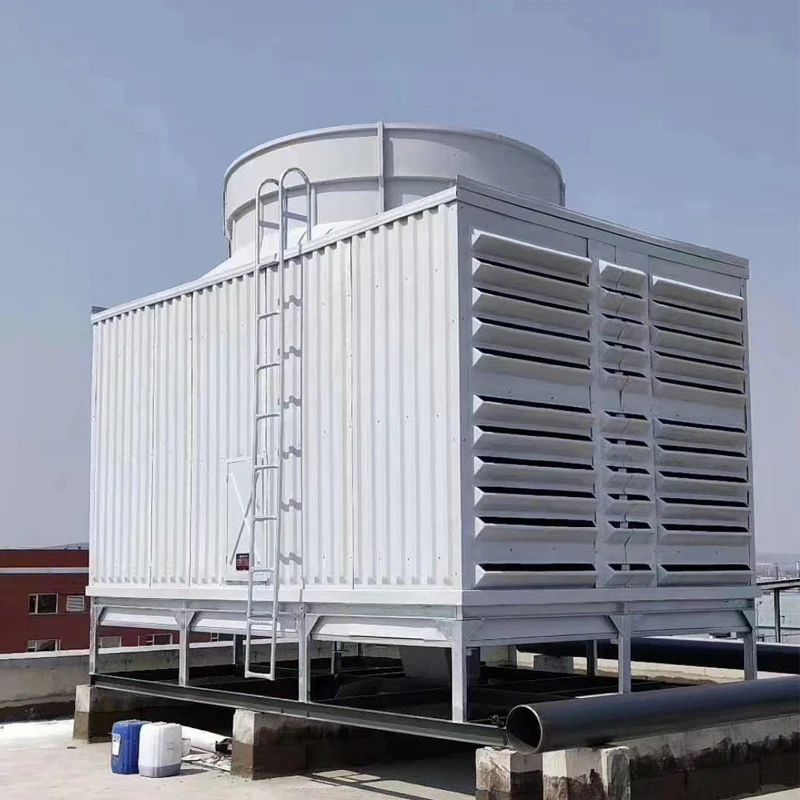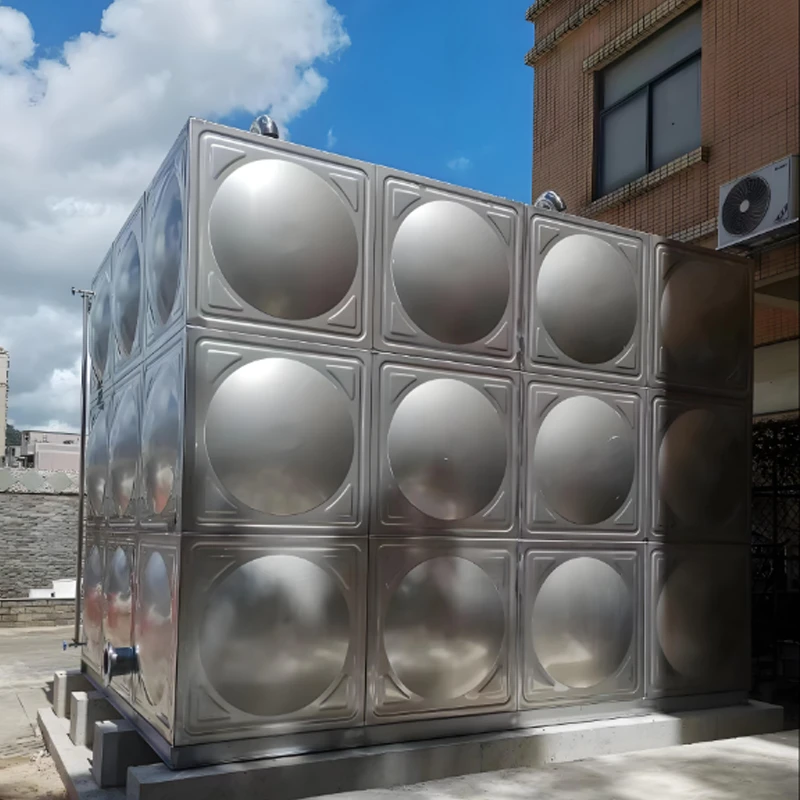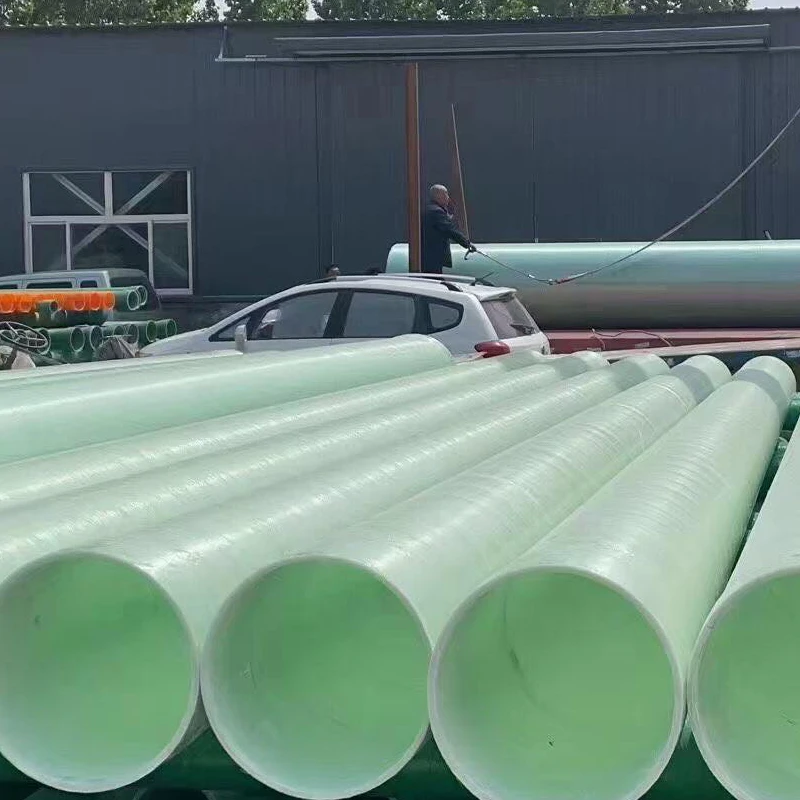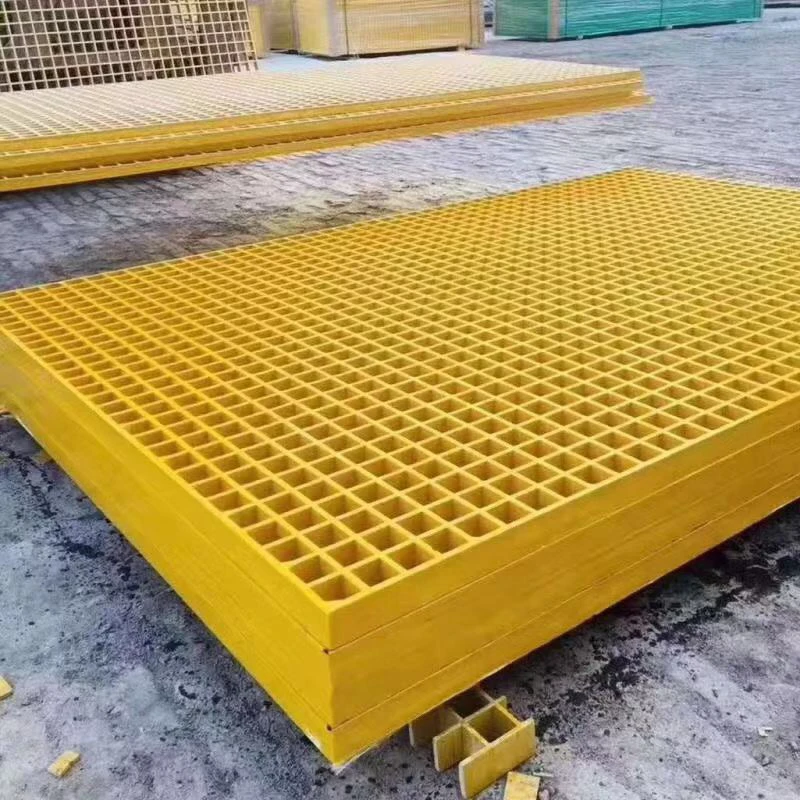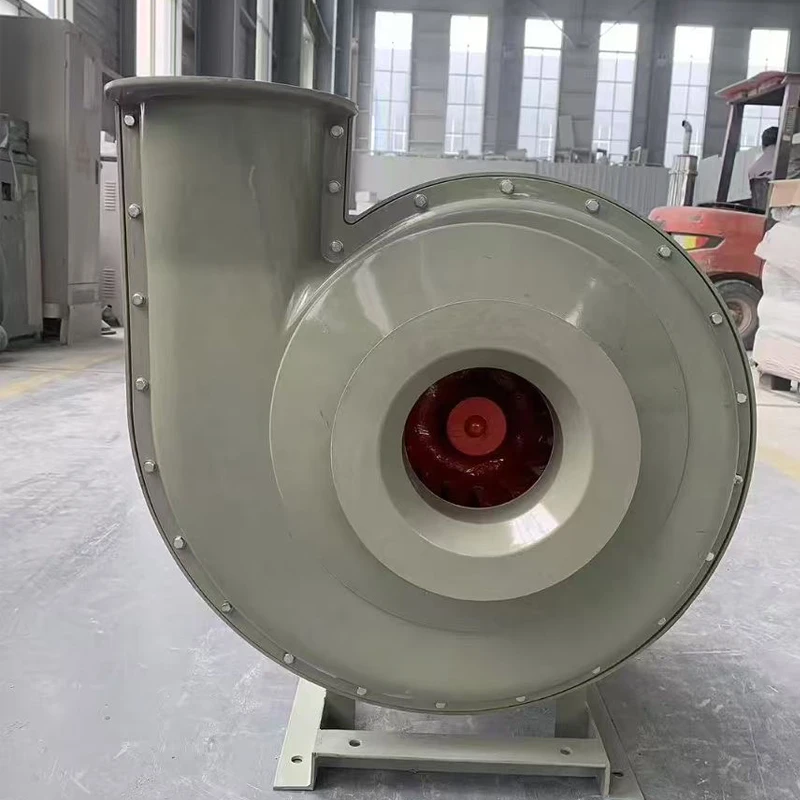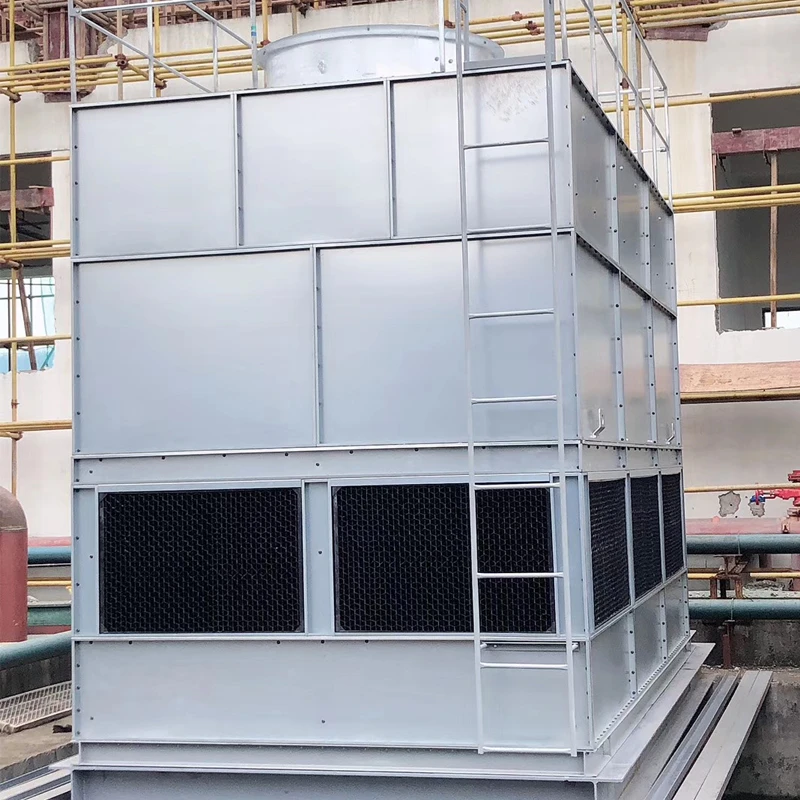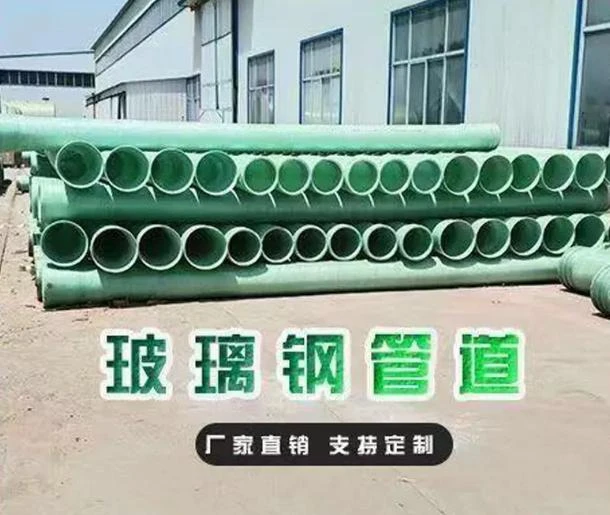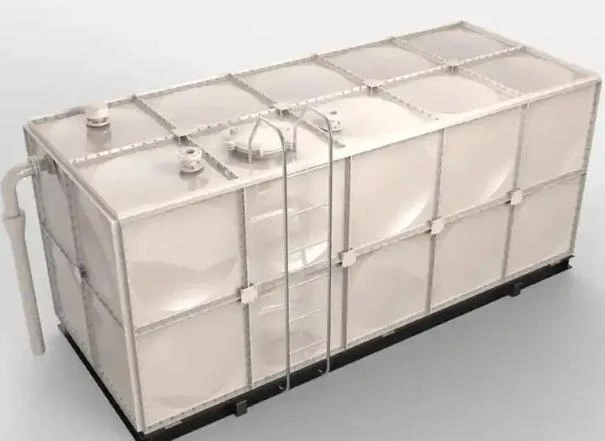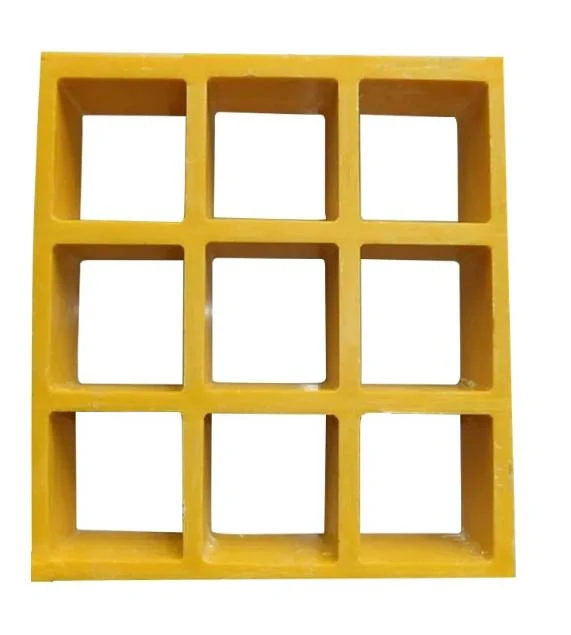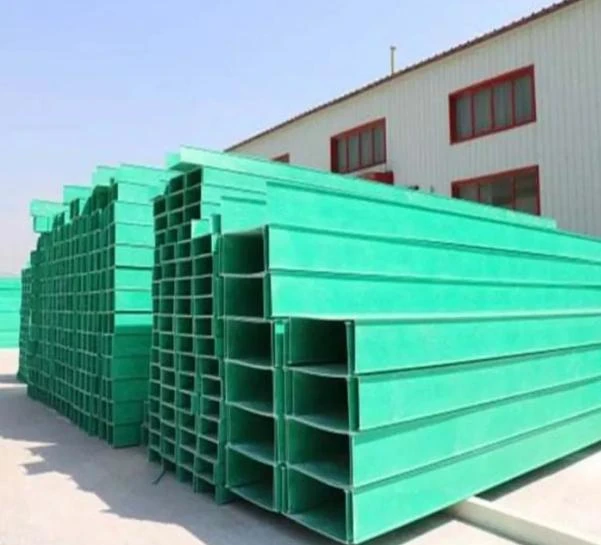

We Are Open 24 Hours a Day, 7 Days a Week, Including Weekends and Public Holidays.
In the overall system of the cooling tower, the Cooling Tower Tank, as an indispensable component, plays an important role in water storage, distribution, and ensuring stable water circulation. Its performance and quality directly affect the overall operating efficiency and service life of the cooling tower.
The design of Cooling Tower Tank follows strict engineering standards, taking into account both structural strength and fluid dynamics characteristics
From a material perspective, cooling tower treatment commonly includes fiberglass, stainless steel, and concrete. FRP water tank has the characteristics of light weight, corrosion resistance and aging resistance, and is suitable for most industrial and civil scenes; Stainless steel water tanks have outstanding performance in areas that require high water quality due to their excellent corrosion resistance and hygiene performance; Concrete water tanks are commonly used in large industrial cooling tower systems due to their high strength and large capacity advantages. A reasonable water flow guiding structure is usually installed inside the water tank to ensure that hot water is evenly distributed to the packing layer of the cooling tower, while reducing energy loss caused by water flow impact.
The core performance of Cooling Tower Tank is reflected in three aspects: stability, corrosion resistance, and adaptability
In terms of stability, the structural design of the cooling tower water treatment system needs to withstand the weight of full water and external environmental loads to ensure that no deformation or leakage occurs during long-term use; Corrosion resistance is key. Due to long-term exposure to circulating water, impurities, microorganisms, and chemical additives in the water may cause corrosion. Therefore, the corrosion resistance of the material directly determines the service life of the water tank; Adaptability refers to the ability to customize water tanks according to different models and specifications of cooling towers. Whether it is a small mechanical ventilation cooling tower or a large natural ventilation cooling tower, matching water tank sizes and structures can be found.
The role of Cooling Tower Tank runs through the entire operation process of the cooling tower
After being cooled by cooling towers and chillers, the hot water is first stored in a water tank and then pumped back to the equipment that needs to be cooled, forming a complete water cycle. During this process, the water tank can also play a role in precipitating some impurities in the water, reducing the risk of equipment blockage in the future. In addition, some water tanks are equipped with a water level control system, which can automatically replenish the water lost due to evaporation and sewage discharge, maintain the stability of the system water volume, and ensure the continuous and efficient operation of the cooling tower.
With the continuous development of cooling tower technology, Cooling Tower Tank is also undergoing innovative upgrades
The application of new composite materials further enhances the temperature resistance and impact resistance of the water tank, enabling the draft cooling tower to adapt to more complex working conditions; The intelligent water quality monitoring device is integrated into the water tank, which can monitor the pH value, turbidity and other parameters of the water in real time, and link with the sewage system for automatic adjustment, reducing manual maintenance costs; Meanwhile, the modular design of the water tank makes installation and replacement more convenient, reducing equipment downtime for maintenance.
In summary, although filling cooling towers are auxiliary components of cooling towers, they play an irreplaceable role in ensuring stable water circulation and improving system efficiency. The material selection, structural design, and performance are closely related to the overall operating effect of the cooling tower. With the advancement of technology, Cooling Tower Tanks will develop towards greater durability, intelligence, and adaptability, providing solid support for the efficient and stable operation of cooling tower systems.
Cooling Tower Tank FAQs
What is the main function of Cooling Tower Tank?
The Cooling Tower Tank is mainly used to store circulating water and provide a stable water source for the cooling tower system. It can balance the fluctuation of water flow, ensure the continuous and efficient operation of the cooling process, and reduce the loss of equipment caused by frequent start stop of the water pump.
What are the common material choices for Cooling Tower Tank?
Common cooling tower tank materials include fiberglass, stainless steel, galvanized steel sheet, and polyethylene plastic. Fiberglass is corrosion-resistant and lightweight, stainless steel has high strength and long service life, galvanized steel plate has low cost, while polyethylene plastic is suitable for small or mobile cooling towers.
How to maintain the Cooling Tower Tank to prevent scaling and corrosion?
Regularly clean the inner wall of the water tank, use softened water or add anti scaling agents to reduce scale accumulation. For metal water tanks, anti-corrosion coatings can be applied or sacrificial anode protection devices can be installed. At the same time, maintain clean water quality and regularly check for leaks or rust.
What factors need to be considered in the capacity design of Cooling Tower Tank?
The capacity design needs to be combined with the circulating water volume, evaporation loss, sewage discharge, and system peak demand of the cooling tower. Environmental temperature and humidity can also affect the evaporation rate of water, so sufficient buffer space needs to be reserved to avoid insufficient water replenishment or overflow.
What are the key points to pay attention to when installing Cooling Tower Tank?
During installation, ensure that the water tank is level and stable to avoid false alarms from the water level sensor or idling of the water pump due to tilting. The position of the inlet and outlet should be designed reasonably to reduce eddy currents and bubbles, while reserving inspection ports for cleaning and maintenance. Outdoor installation also needs to consider anti freezing and sun protection measures.





Address
20 Xingyuan South Street, Zaoqiang County, Hengshui City, Hebei Province, China










